This is a HCNG combination mixer that will meter gaseous gas "vapor" to any Internal combustion engine in FRONT of the Throttle / Throttle Body. CARB - the California Air Resources Board calls these "vapor" systems - and the 14 states that follow CARB allow these "vapor" systems by Executive Order (a.k.a. "E.O."), and not one single one has been denied we know of yet - but the truth is CA Vehicle Code 27156(c) from where CARB draws its power and charter reads:
(c) No person shall install, sell, offer for sale, or advertise any device, apparatus, or mechanism intended for use with, or as a part of, a required motor vehicle pollution control device or system that alters or modifies the original design or performance of the motor vehicle pollution control device or system.
. . . . but this does NOT ". . . modify the original design or performance of the motor vehicle pollution control device or system." So, CARB "might" not have authority over them any more than they can regulate outdoor air. What it simply does is meter a concentrated constituent of air as a fuel to the engine which ". . . . the original design or performance of the motor vehicle pollution control device or system." simply works with like the fuel it has in its tank. Hydrogen in a gaseous state is miscible with gasoline in a vapor state. It is no different than simulating a rainy day and high humidity. There is a chemical phenomenon known as "pyrolysis" which makes and then burns Hydrogen fuel from water mist under heat and pressure - a topic for another time . . . anyway; this is no different than using Premium fuel instead of Regular - except you make it on the fly for free as you drive. The " . . . original design or performance of the motor vehicle pollution control device or system, treats the fuel like what it was designed to do and adjusts fuel mixtures to maintain OEM emission levels. Unlike many "HHO" systems - which this is NOT - it does not throw off the Air Fuel ratio by adding a pre-mixed fuel of Oxy-Hydrogen gas, like HHO gas does - what it does is add rather pure Hydrogen to the Gasoline mixture raising the Octane and BTU per gallon with free fuel that you do not pay for and thus the engine control unit - a.k.a. the computer can cut back Gasoline or Diesel use and the result is seen in what appears to be higher miles per gallon because 20 to 70 percent of the fuel you are burning is now FREELY made gaseous Hydrogen on the fly.
It improves emissions, but does not tamper with the emission control ". . . original design or performance of the motor vehicle pollution control device or system." - instead it works completely WITH it.
A good high output Hydrogen generator would flood the engine free flow - so this meters it - and can be used with a CNG vehicle for bi-fueling or for "fumigating" a Diesel also. It turns off with the flick of a switch and shuts off when the ignition key is turned off - OR the engine is NOT running so it is safe. It will not cut on until it senses sufficient and continuous Alternator output that tells it the engine MUST be running.
HCNGPlace.com custom designs EPA registered lawful supplemental fueling systems to decrease your operating costs. You will see ads for all kinds of "conversions" and "hydrogen generators" and almsot NONE of them are lawful EPA registered as to Clean Air Act conformity systems like ours is - and thus lawful to use - the others ARE NOT. This is a bi-fueling CNG and Hydrogen on the fly dual fueling Regulator - Mixer for an internal combustion engine and can be used in a vehicle. It is for Hydrogen made on the fly and you buy the CNG or on some Diesels you need little of NO CNG to use at all. It mixes Hydrogen on the fly on flow to the engine depending on how it is set up.
Sure you have heard it all before - wild mileage improvement claims - etc etc etc - except we are NOT saying that. We are saying mileage is the same - you just make your own fuel for free - and thus your cost per mile or hour to operate the engine drop along with emissions. The issue is simple - no one else we know of designs for you an EPA compatible supplemental fueling system for lowering vehicle or engine operating costs. Calculate your Return On Investment (ROI) based on the miles a vehicle is driven and its MPG based on fuel costs
So . . . you are asking yourself - if this works so well why are not the OEM;s like GM, Ford, Chrysler, Cummins and Caterpillar offering and shipping this kind of product ?? The answer is simple - they do not have an incentive to do so and nor is it a business they want to take on lock stock and barrel. (Building and servicing Hydrogen Generator systems that is) Most OEM's do have an alternative fueling "option" - but is mostly stops at CNG. CNG gets you cleaner emissions, but less power, shorter range and greater dangers in fueling and maintaining the fueling system. The other reason IS 40 CFR 85.535, and the complexities of Hydrogen Generator design and building. That is not to say someone is not working on it - but only Ford currently has produced a production Internal Combustion OEM Hydrogen fueled engine - but of course the limitation is it runs on TANKED pure Hydrogen which can be found almost nowhere for refueling.
So there is lots of info on the web on how this works – and NOWHERE to get it; and no mixer that will make it on the fly for use in an Internal Combustion Engine (ICE) like this one will. On most Diesels, this will improve opacity, improve NOx, HC, and CO. On CNG vehicles it depends on the current set up and how it is installed. On Gasoline powered engines, it depends on the age of the engine, and type of fueling system on it - as to if it is unlawful to use or not as to how it is set up and what State you are in if in the USA. . This product operates in a manner consistent for approval under 40 CFR 85.515 => http://www.gpo.gov/fdsys/pkg/CFR-2012-title40-vol19/pdf/CFR-2012-title40-vol19-sec85-515.pdf. Be advised ONLY a manufacturer can take advantage of this CFR
We do not know of any EPA registered manufacturer - but us - who will design and provide a supplemental fueling system that will reduce your fueling costs, and it MUST be a full and complete TESTED SYSTEM that is EPA certified as to conformity - and that is where the kicker lies.
Be clear - you cannot improve fuel mileage - the physics of weight, windage and BTU required to propel any object of a given weight is what it is - but you CAN fuel with a fuel you make on the fly which reduces the overall costs of fuel you purchase. You cannot also convert an engine completely to another fuel - and nor would you want to - but you can bi-fuel it in a mixed mode with that free fuel you just made subject to the EPA and CARB satisfactions you are not violating the anti-tampering provisions of the Clean Air Act and / or producing MORE emissions than the engine was designed to emit and / or is allowed.
A 50% reduction in fueling intervals equals a 50% savings in purchasing fuel and a 50% improvement in range - and frankly we can usually design a system that does even better than 50% depending again on the engine. We will work with the engine or OEM manufacturer to achieve the greatest result in savings possible and be lawful.
We have only listed this here because there ARE some engines - vehicle, marine and industrial on which this can lawfully be used, and others we can adapt a lawful system for. For road use, a switch cuts it off and a single hose disables it completely back to OEM.
This product is aimed at fleet owner / operators who want to cut fueling costs but that will require an EPA approval of conformity that will get for you for the engine family this will be put on. This is mandatory to be completely legal - and is a separate one time additional cost if the engine family is not already approved. If you were sent an invitation to this page, you can use the email provided to ask further details, after you apply for an account and we willl verify the VIN and application and account details are legitimate and correct. It WILL extend the re-fueling range of the your vehicles by a minimum of 50% on a free fuel - true pure Hydrogen made on the fly. This is NOT a "HHO" system. If the system malfunctions - or for other reasons - you can just switch it OFF and the vehicle reverts solely to the OEM fuel it was manufactured by the OEM to run on.
So . . . we are now vending pure Hydrogen – Methane (CNG) mixing systems for vehicles. (HCNG) You can cut your fueling costs up to 90% with certain Diesels and less - but still a substantial amount with other Gasoline or CNG powered vehicles. This is ideal for fleets because of the higher initial cost but fast return on investment and often transferability to another vehicle at that unit's end of life. This is more for trucks and commercial vehicles than personal vehicles – because of system differences between manufacturers and space available in most vehicles to install the system. One system is for sequential injection fuel injection Gasoline fueled vehicles and one for Diesels.
There are several ways Hydrogen or HCNG fueling can be accomplished lawfully and reduce purchased fuel costs and emissions also.
We cannot post a picture of it - or actual systems by our vending agreement and license - because once we do - Google picks it up and floods the web with them - and you may not post pictures of it either. This item is approximately 8 inches in diameter and 6 inches wide. If you do not know what a CNG mixer generally looks like - Google "cng mixer pics" and you will find lots of them. It does not matter what it looks like - nor is this all that is required - it matters how it is designed to WORK. The EPA requires any company as the system manufacturer remain responsible for the proper operation of the system - so no pictures is better at maintaining standards and keeping down copy-cats and those rouge to the law, but when you are approved for an account - you also get an affiliate account and link so as to refer others - and you need not try to do any "selling" and nor do we want you to.
This item listed here is a bi-fueling mixer - not a "conversion". Technically conversions - remain and always will be - unlawful under the Clean Air Act unless with an OEM approved system - and only the OEM manufacturers today have them. With this system the engine is started on it's OEM fuel, and then when you drive away or for stationary engines - put it under load - and RPM's reach a level - usually before the first shift into second gear, the mixer system automatically kicks in and remains on bi-fueling the engine - until you shut it off by its' switch - or turn off the ignition. When you start the engine again the process will repeat unless you have shut off the bi-fueling system switchover switch. The CFR calls this a "mixed-fuel" or "multi-fuel" system or vehicle and we call it "bi-fueling". For a Diesel, the diesel injection system is always operating, and for a Gasoline or CNG system - it will depend on how it is setup and tuned by us to be vended for the specific application.
Thus for this we actually focus on making custom high output pure gas Hydrogen Generators for on the fly fueling in various climates, but without a fueling delivery system - they are worthless. Without Hydrogen you make on the fly to fuel an engine - CNG - due its limited range and BTU - is also not a viable alternative fuel either - and nor is bi-fueling it directly - especially to a Diesel. It just increases EGT's and NOx. But HCNG - made and blended on the fly actually drops your costs per mile or engine hour run, and in a Diesel answers the high EGT issues of CNG bi-fueling - as well as range and our system is designed to deal with NOx
How ??? Well let's face it - GM does not tell you how they design their vehicles - and you need the result - not a need to know and we are required by law to keep it working for you as well as tamper resistant.
But for a background; there is a product commercially called “Hythane” – which is in reality is simply a trade named product mix of PURE Hydrogen and Natural Gas blended together to burn together. See this article for a more detailed explanation of the benefits of Hythane. They also call it “Opti-Blend”. Here is the WIKI on it => http://en.wikipedia.org/wiki/HCNG
In reality HCNG can be mixed in ANY combination – depending the on the engine and its tune – or on the fly self-tuning capabilities – to change timing or if a Diesel on load. The emissions and performance results vary with each mixture ratio.
See this article for real world uses as it has already proven itself.
BUT . . . if you BUY Hydrogen and CNG as gases - bottled or filled from a CNG station - you save no money – though your engines "may" burn cleaner, in fact it costs you MORE and there is little of no infrastructure to obtain even CNG readily and almost NONE for Hydrogen..
If you make your own PURE Hydrogen on the fly you can save up to 90 percent of the fueling cost, and that is the REAL benefit of the HCNG concept. Easier said than done for several reasons we all solved and still unlawful to do unless provided and monitored yearly by an EPA registered Alternative Fueling Systems Manufacturer
Here is the thing about Hydrogen – it is a very clean gas that will NEVER be cost effective to bottle in any form to sell – nor worth building an infra structure to do so. The equivalent pressures for GGE (Gasoline Gallon Equivalent) BTU against CNG is four times – that means for equivalent BTU a 3600 psi tank would need to be about 12,000 psi to hold the same equivalent BTU in Hydrogen and that equates directly to MPG and dangers in distribution. Also hydrogen in a tanked scenario has embrittlement issues when it comes in contact with metals regularly under pressures like that.
Hydrogen has to be made and used on the fly in the location it is to be used under low pressures to be cost effective and safe. That is the truth and bottom line no matter how you slice it or spin it.
Here is the thing about CNG - it has nowhere near the BTU per gallon of Gasoline or Diesel even though its "laboratory" octane rating is higher - but it does burn cleaner - but that translates into the less horsepower and poorer mileage when used by itself. It also takes more heat or spark energy to "light it off" and that is an aside from the fact that any flammable gas under 3600 PSI of pressure is dangerous.
Natural gas has a high ignition temperature, about 1,200 degrees Fahrenheit, compared with about 600 degrees Fahrenheit for gasoline. It also has a narrow range of flammability, that is, in concentrations in air below about 5 percent and above about 15 percent, natural gas will not burn. While it burns clean - mixed with another fuel - like diesel for an ignition source creates NOx at those high ignition temperatures.
What that means is - in a Diesel with today's lower temperature burning ULSD fuel, CNG alone will not light off well - and there will be an ignition delay and incomplete combustion - and likely more smoke - unless the cetane of the fuel is really increased - and then that wil cause an increase of the exhaust gas temperatures also, and NOx and you really gain nothing. For a gasoline engine - you MUST have some hydrocarbon fuel to bi-fuel with Hydrogen for the fueling system to have any chance at operating - or to be able to operate - properly; and STILL CNG is not the best answer.
If you are not clear on why ULSD burns "cooler" and has less BTU per gallon, read this link. It compares and identifies what diesel fuel is and the pitfalls or some issues of Diesel - as prepared by Cummins for it's Fleetguard filters as a promotion of those products. so obviously, we did not prepare that summary - but you might notice the oxymoron of less BTU per gallon stated of ULSD - yet somehow some engine manufacturers and OEM's claim BETTER fuel mileage ?? Uh . . . not with all other factors equal that won't happen - or likely be true. However understand this much - it burns so "cool" it will not efficiently light off CNG when fumigating a Diesel on CNG and not using cetane enhancing additives. The engine will rattle more - because of the ignition delay and incomplete combustion of the CNG. For a gasoline engine this does not apply at all, but still CNG in Gasoline engines require hotter firing spark plugs often - some are made with silver electrodes to cause a hotter spark to light off the CNG more completely. So the same would apply for diesels - you need a hotter burning fuel - to light off the CNG.
Buy the book => http://www.cafepress.com/amgrppub.107275762
That is what makes a 99.9 percent pure gas Hydrogen Generator and fueling system sized and custom engineered for vehicles that can keep up moderately with the engine demand. With this product - as a mixer - it even can be used with existing CNG vehicles to reduce costs.
This is NOT “HHO”, and you cannot use a “HHO” generator as a fueling source – there would likely be an explosion – as “HHO” is Hydrogen and Oxygen as gases co-existing together and to compress it in any degree in any line – is asking for auto ignition – a.k.a an “explosion”. Those little "HHO" generators are cheap to make and are made by back-yard mechanics, and usually destroy themselves by electroplating erosion effects in a few months anyway.
True on the fly Hydrogen fueling systems are low pressure – are pure gas generators and have no Hydrogen tank to take up lots of space – and thus are relatively safe.
The test / development vehicle was a GM 6.5 Liter Turbo charged diesel van mobility bus - ten foot tall frontal area - and it went from 9 MPG on average to 35 MPG on the highway on Diesel with way more power and that was only about a 50% bi-fuel. Even on CNG alone - it gets 25 MPG at 65-70 MPG from a 9,000 pound vehicle with a ten foot tall frontal surface area - is still impressive !!!
Exhaust temperatures dropped. Intake temperatures dropped because the exhaust temperature dropped and the heat soak through the Turbo then dropped.
The acceleration will push you back in your seat - and it can get going way faster than surely it can stop
Oil stays cleaner – though late GM diesels – the 6.5 Turbo especially - has the reputation as the “smoke-less diesel” – even under full, hard acceleration there is no smoke. Horsepower on average increased 45% across the board. Even today's ULSD “rot-gut” diesel full gives good performance. (In case you did not know – diesel fuel blending has gone to the heavier end of the Hydro-carbon scale even though it is now Low sulfur – and it has less BTU per gallon and burns cooler to hold down NOx formation / creation - resulting in sluggish performance and lower HP and MPG) BUT . . . the truth is decent diesel fuel gives a quieter engine, an even more responsive engine - and sometimes you have to make "decent diesel fuel" yourself by additives in the tank. We won't say what - and how but we add a higher lubricity non-commercial additive to the fuel which quiets the engine and gives more power without the HCNG system even. With the system - even a hotter fuel gives lower emissions.
There are those who swear by the 6.5 liter GM Turbo-charged diesel and those who swear at it - but the truth is - as an engine goes - the main difference between it and the Duramax is four valves per cylinder direct electronic injection - which can then flow more air through it - and aluminum heads that can dissipate heat better versus indirect injection and small block Chevy style cast iron heads with indirect injection chambers for glow plugs and fuel injection .
The issue is the mileage improvement and thus lower operating costs, which will apply to ANY engine - Diesel or CNG or Gasoline.
There are no pictures – as we vend under a Non-compete Non-disclosure agreement which is actually then a license agreement – thus the items are not “SOLD” for you to do what you want with.
You can find the Terms of Service which is a non-disclosure, non compete agreement here
There are some FAQ's here => http://hydrogenpowercentral.com/faq is the sister and recordkeeping site - only persons and /or entities by invite have accounts at that site
EPA regulations actually require this for alternative fueling manufacturers under 40 CFR 85.535 – that company remain responsible for the proper operation of the system, thus limited service is included with an annual license fee – which is the same as the engineering setup fee annually per vehicle or as agreed for fleet pricing.
The mixer is average size – about 8 inches in diameter. If you have no CNG system now – it can be used without one or you can install CNG to take over if the Hydrogen runs lower on hard accelerations.
We can design it to meet EPA and California Air Resources Board (CARB) requisites in that it does not affect or alter the existing fueling system unlawfully.
There also arre systems also for sequential fuel injected GM vehicles – and it may fit some others.
Let us cut to the chase - you want approximate costs:
The Hydrogen Generators builds run approximately $2,900 to $4,900 depending on size for the engine, but again as above, and remember they carry a lifetime warranty under the license. You cannot simply "purchase" one; as they are licensed and not sold - and the EPA will only certify FULL systems that conform to Federal regulations - and issue a certificate of conformity so the vehicle may be used on he road and/ or CARB will waiver it under an Executive Order. We only license them so we can control the recall for any warranty, swaps, upgrades or tampering issues. You CAN however build your own => http://bigbay4bestbuys.com/content/separated-gas-pure-hydrogen-generator-basic-kit
Installation must be done according to supervision and no short cuts are allowed. The cost of installation can be a few hundred dollars or a few thousand - it depends on the vehicle.
There may be other parts and items required such as a high amp alternator and fuel stock feed and/or purification system which the customer also pays for.
You cannot source or use your own parts and still enjoy the license and warranty - after all GM would not let you provide parts for them to build one of their vehicles and then you expect them to stand behind it ???
The vehicle needs to be under lock and key at night in a secure facility, with preferably a GPS system
At there is a non-refundable $499.00 engineering fee – but if you have a fleet of similar vehicles it applies only once per engine “family” and includes - or is - the first year's license fee
Per vehicle complete installed systems run about $5,000 to $15,000 complete – less if it is already CNG powered. This is below the industry average for CNG conversions
The systems are transferrable between similar type vehicles at the end of life - or catastrophic damage of a vehicle.
Dealers may install these systems on new vehicles but only for lease of the vehicle subject to terms of lock and key and central maintenance provisions - and /or if the customer is licensed by us directly and the customer can do no service on the vehicle or engine application fueling system installs.
Your return on Investment (ROI) is typically 6 months.
It makes the RV and general recreational vehicle and marine industry viable again, and delivery and transportation related or dependent businesses more profitable with a wider margin
We can GUARANTEES at minimum a 50% decrease in fueling costs, and that it is EPA certifiable as to conformity, if you need to have that done; or we will take the system back. If you do not allow us to get your certificate of conformity - there is no warranty and use of this may be unlawful on the engine application - not because it increases emissions - but because it has no certificate of conformity from the EPA that is has been shown to have no increase in emissions over the lawful levels of emissions for that engine family or vehicle as the application of the engine in it.
LASTLY .. . be advised without professional engineering assistance and application design and EPA certification process, you can ONLY LAWFULLY use this on a non-emission regulated engine application - like a 1974 or earlier engine application or gasoline vehicle and / or generally a 1997 or earlier diesel engine or vehicle, - or non-emission controlled marine, industrial or farm engine equipment - AND as we must report products vended to the EPA yearly - you will still be required to show the the application and / or provide the VIN before we will ship this to you. We can however ship direct, and we will state to pass visual smog - you just disconnect the ONE feed hose from the intake - anyway, and leave the switch "OFF" for any smog inspection. You are then back to OEM.
YOU MUST PROVIDE A PROPER AND CORRECT VERIFIABLE VIN IN THE NOTES SECTION - WE WILL CHECK IT
INCLUDES
1. A 3600 PSI capable mixer that mixes Hydrogen to make a "Hythane" type fuel (For safety - designed to operate ONLY if the engine RUNNING)
2. An On/OFF switch which can be also a Gasoline / CNG switch over switch (approximately 1/2" H x 2.5" W x 2"" deep) [diesel is always on it only bi-fuels with it]
3. A fuel lock-off solenoid on the mixer which works with the switch above
4. A manual sight pressure gauge on the mixer
5. A five position lighted fuel indicator on the On-OFF switch
6. Fifteen feet of high pressure steel hand bendable tubing
7. A stainless 1/4 NPT by 6 mm compression fitting (to connect to the tank's lock-off valve)
8. Instructions.
9. 10 hours email support and a "how-to" set-up consideration for your vehicle
10. We need the VIN of the application this is to be used on.
This is a listing for a basic single part - but we can spec out a full system for any engine application. Some vehicles it may not fit on due to space limitations.
UNLESS you already have a CNG system . . . you will need a DOT approved 3600 PSI tank certified (in current hydro) and a NGV2 filler valve, an electric lock off valve for the tank and back-flow preventer rated at 3600 PSI for the filler valve line, as well as more stainless 1/4 3600 PSI line and fitting to hook it up, and 3/4" hose and a CNG mixer if used on Gasoline engine, and the special Hydrogen system - it cannot be a "HHO" unit - IF you are going to also use it in HCNG mode. The HHO units will cause an explosion as they have Oxygen mixed in the gas. We must also supply the above items too in that case..
UC_Image


 ,
,  ,
, 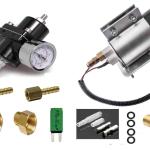


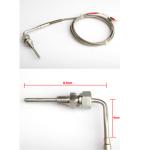
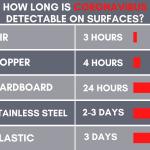 ,
,  ,
, 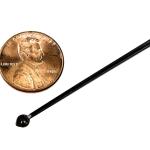 ,
, 
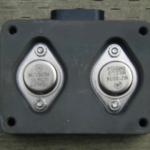 ,
, 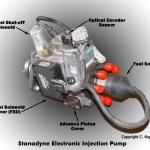 ,
, 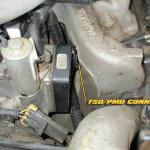 ,
, 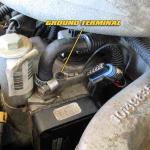 ,
,  ,
, 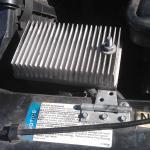 ,
, 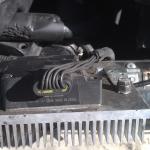
 ,
, 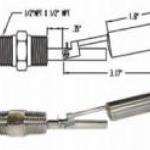
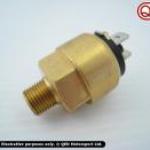
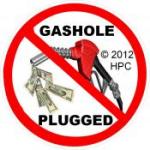
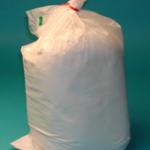
 ,
, 

 ,
, 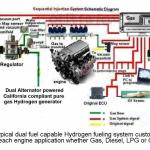 ,
, 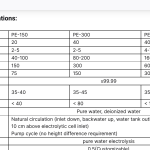 ,
, 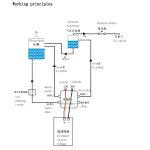

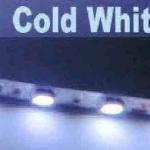 ,
,  ,
,  ,
, 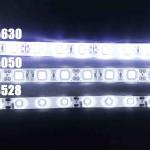
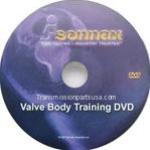
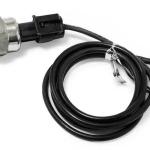

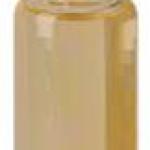
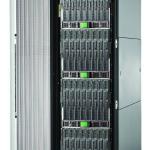
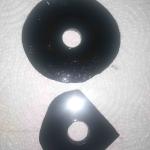 ,
,  ,
, 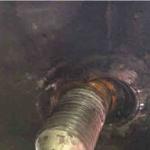 ,
, 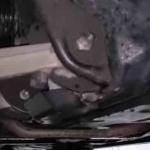 ,
, 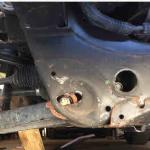

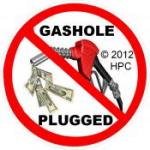
 ,
,  ,
,  ,
, 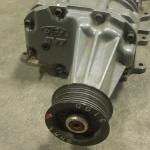 ,
, 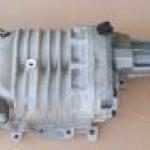 ,
, 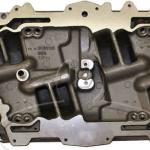
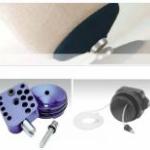
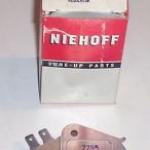
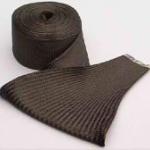
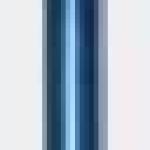

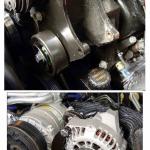 ,
,  ,
,  ,
, 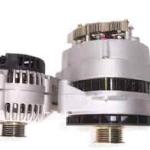 ,
, 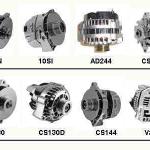
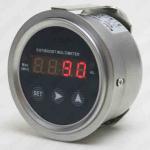

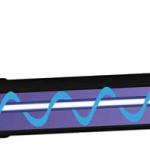
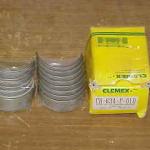
 ,
,  ,
, 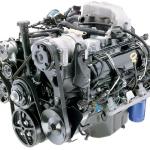
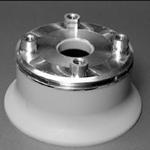
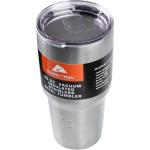
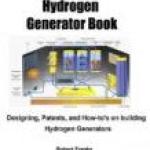
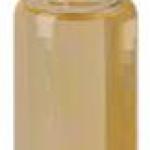
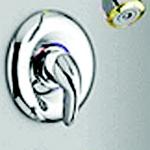
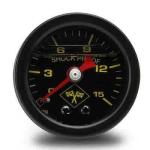 ,
,  ,
, 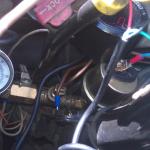


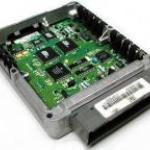
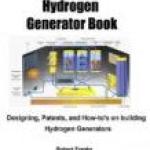
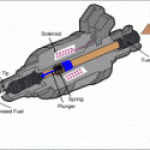
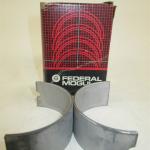
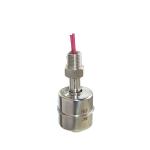

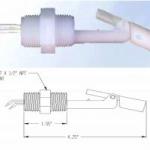


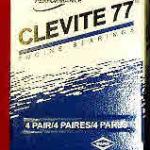

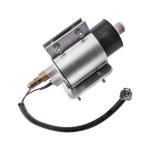
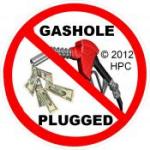
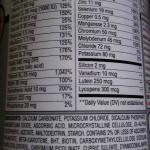 ,
, 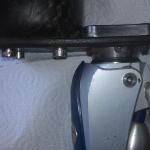
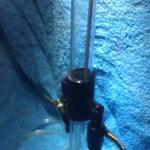 ,
, 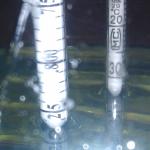 ,
, 
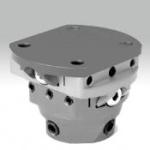
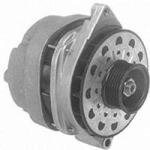 ,
, 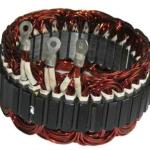 ,
, 

 ,
, 
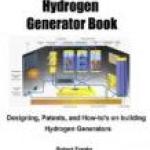
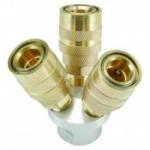



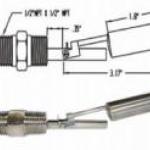

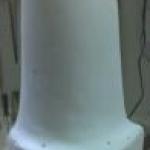
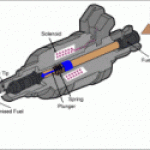
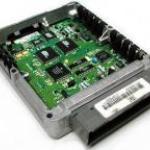

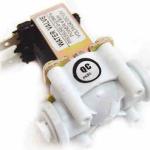
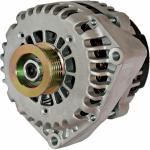 ,
, 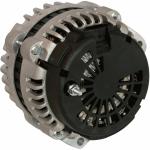 ,
, 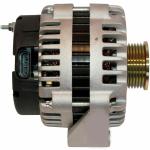 ,
, 
